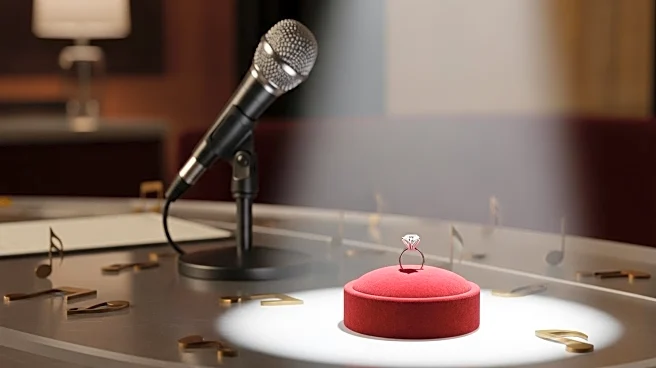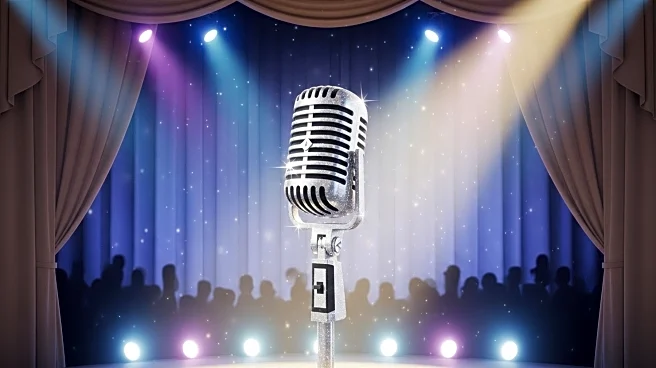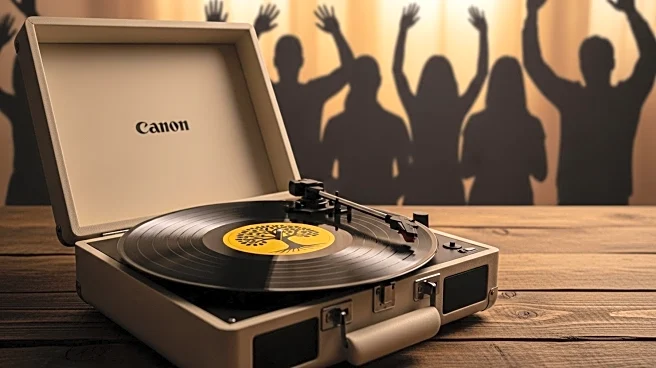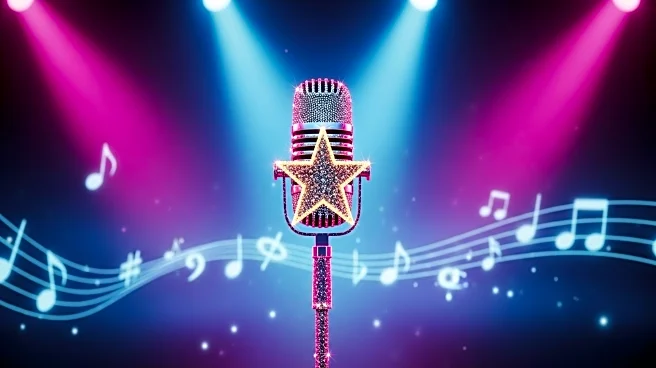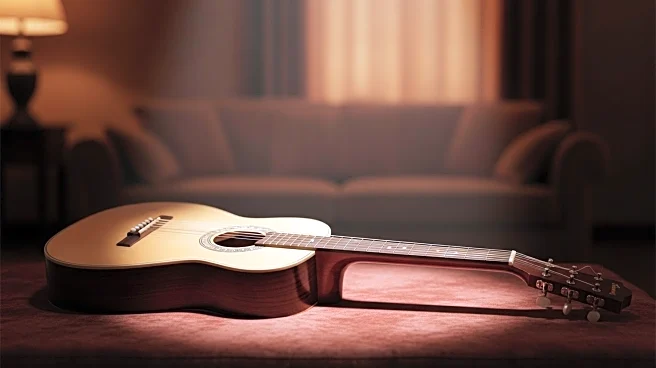What's Happening?
Taylor Swift's latest song 'Wood' from her album 'The Life of a Showgirl' has been identified by the American Heart Association (AHA) as having the perfect tempo for performing CPR. The song, which hits 100 beats per minute, aligns with the recommended rate for chest compressions during CPR, which is between 100 to 120 beats per minute. The AHA shared this information in a Facebook post, encouraging people to use the song's rhythm to guide their CPR efforts in emergencies involving teens or adults. The track has sparked controversy due to its lyrics referencing Swift's relationship with her fiancé, Travis Kelce, but has gained attention for its potential life-saving application.
Why It's Important?
The identification of Taylor Swift's song 'Wood' as a suitable guide for CPR timing underscores the importance of public awareness in emergency health situations. By associating a popular song with CPR, the AHA aims to make the life-saving technique more accessible and memorable to the general public. This initiative could potentially increase the likelihood of effective CPR being administered in emergencies, thereby improving survival rates for cardiac arrest victims. The widespread sharing of the AHA's post on social media indicates strong public engagement, which is crucial for disseminating health information effectively.
What's Next?
The AHA's promotion of 'Wood' for CPR timing may lead to further collaborations between health organizations and artists to leverage popular culture for public health education. As the song gains traction for its CPR application, it could inspire similar initiatives using other songs with appropriate tempos. Additionally, the AHA's playlist on Spotify, featuring over 200 songs suitable for CPR, may see increased usage and updates to include more contemporary tracks. Public health campaigns might continue to explore innovative ways to integrate music and entertainment into health education strategies.
Beyond the Headlines
The use of music in health education highlights the intersection of culture and medicine, offering a unique approach to engage diverse audiences. This strategy not only aids in memorizing critical health procedures but also reflects broader trends in using entertainment for educational purposes. The initiative may prompt discussions on the ethical considerations of using controversial songs for serious health messaging, balancing artistic expression with public health priorities.



